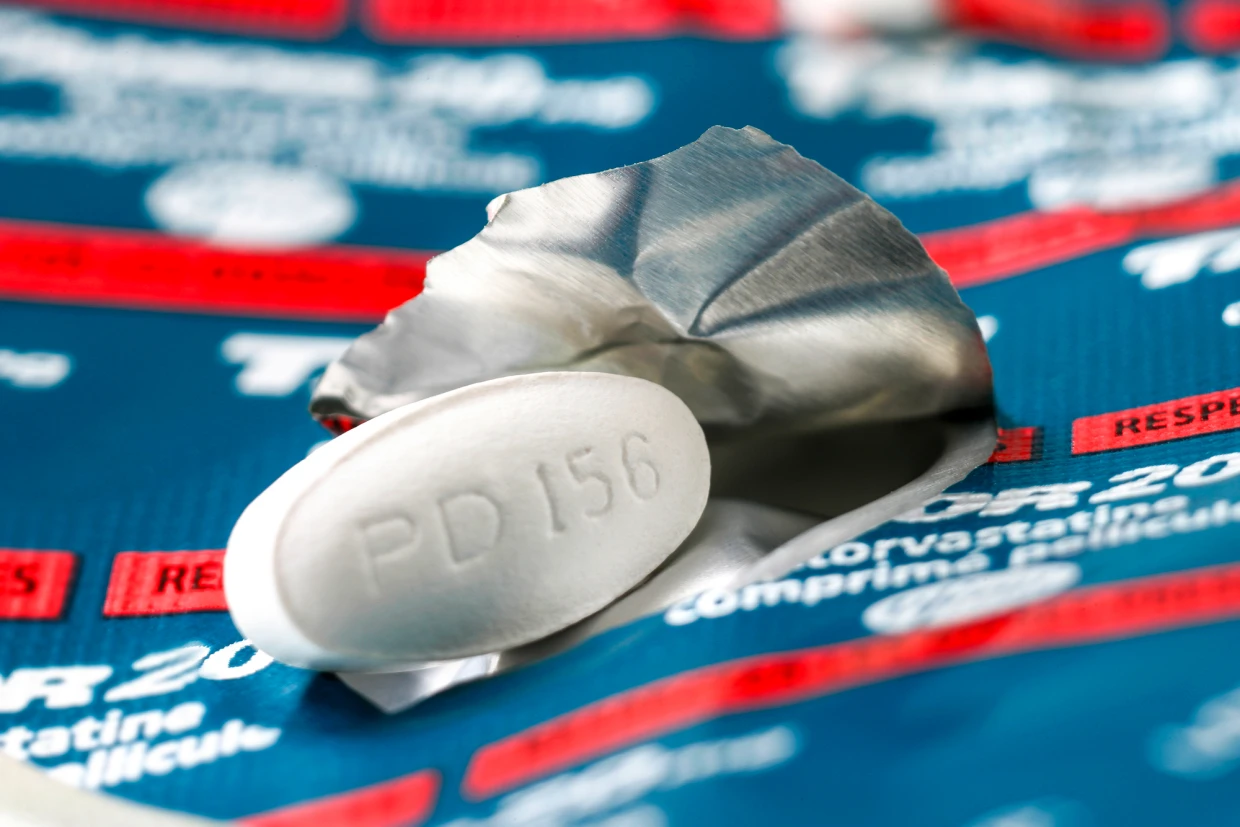A new way of determining heart disease risk may result in millions fewer people getting prescriptions for statins, according to new research. Heart doctors warned, however, that more information is needed and patients shouldn’t stop taking their medications.
Statins, such as Lipitor, Crestor and Zocor, are widely used to protect against high levels of LDL cholesterol, one of the causes of cardiovascular disease. Doctors prescribe the daily pills based on 2013 guidelines from the American Heart Association and the American College of Cardiology, which estimate risk based on a patient’s age, diabetes, blood pressure and other factors.
For the new study, Dr. Tim Anderson, an assistant professor of medicine at the University of Pittsburgh, and colleagues analyzed the potential impact of a new heart disease risk calculator, dubbed PREVENT, that was released by the American Heart Association last year. Looking at data from 3,785 adults, ages 40 to 75, who were participants in the National Health and Nutrition Examination Survey (NHANES), the researchers compared estimates from the new calculator to older guidelines.
The heart association’s new calculator was developed to give a more accurate assessment of a person’s likelihood of developing heart disease by incorporating newly recognized risk factors, such as kidney disease and obesity.
The researchers found that among the participants, the 10-year risk of developing heart disease determined with the new tool was about half that estimated with the previous one, according to the report published Monday in JAMA Internal Medicine.
Using PREVENT to calculate the 10-year risk for developing heart disease, the researchers determined that some 40% fewer people would have met the criteria for a statin prescription.
In other words, as many as 4 million people in the U.S. who currently take statins for primary prevention — meaning they have not had a cardiovascular event such as a stroke or heart attack — may not need them, said Anderson, lead author of the new study.
The new findings are an opportunity for people who are taking statins for primary prevention to ask their doctor if they need to continue the medication, Anderson said. While it’s important to treat heart disease risks before a first event, statins can cause side effects for some, including muscle pain, headaches, sleep problems and digestive problems.
“For patients who are right on the edge, they should know that there are other things not captured by these calculators, like family history, so it’s very important to discuss this with their physician,” Anderson said.
Cardiovascular disease experts expressed concerned that the new study might convince some patients to stop taking their medications, especially considering that many people already discontinue statins against their doctors’ advice.
With the new risk calculator, there will need to be new guidelines to go with it, said Dr. Sadiya Khan, who was chair of the committee for PREVENT development and a professor of cardiovascular epidemiology at the Northwestern University Feinberg School of Medicine.
“Risk models don’t determine who is recommended to take statins, guidelines do,” Khan said. “I think the most important thing is the determination of when it will be recommended to initiate statins. That has not been decided yet.”
Dr. Robert Robinson, director of lipids and metabolism for the Mount Sinai Health System in New York City, warned that the small number of participants in the study wasn’t representative of the U.S. population.
“Their main point, that fewer patients should be eligible for statins, is based on the limited numbers of people in the NHANES database,” Robinson said. “That is alarming.”
Dr. Shaline Rao, director of heart failure services at the NYU Langone Hospital-Long Island is concerned that patients who actually need anti-cholesterol drugs might take the wrong message.
“We see a lot of benefits of statins across many populations,” Rao said.




